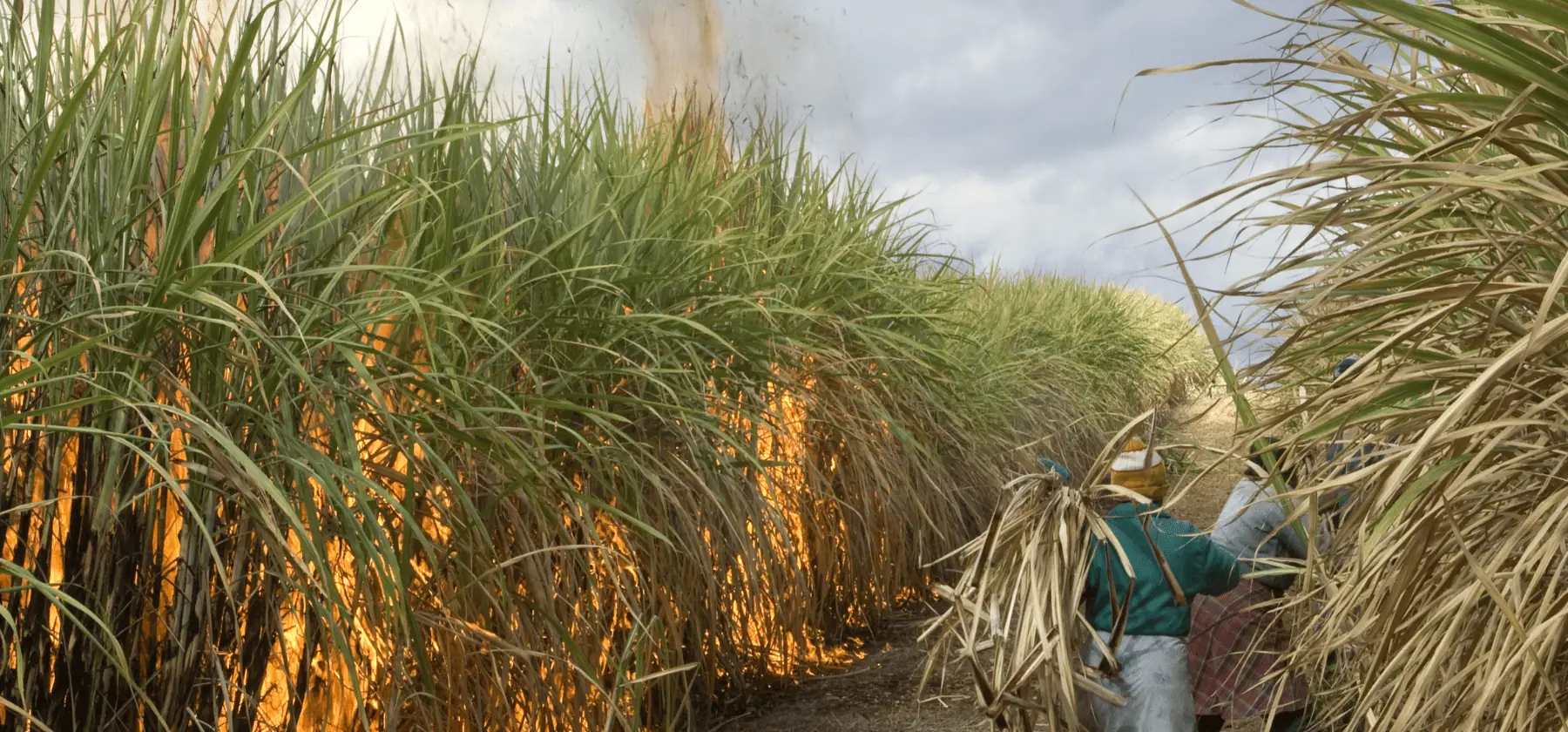As the global sugar industry navigates the challenges of the 2023/24 crop season, several key regions present a mixed bag of forecasts. However, the overarching market consensus paints a different picture despite these regional nuances. The global sugar industry is anticipated to face a deficit ranging from 900 thousand tonnes to as much as 2,2 MMT for the 2023/24 crop. Surprisingly, this projected shortfall pushes prices downwards; Sugar No. 11 (raw) is down to ¢23,25 /lb, and Sugar No. 5 (white) is down to $679,50 /mt. The looming shadow of the El Niño phenomenon remains a significant concern for the industry. Yet, current indicators suggest it may not be the catalyst to drive prices higher in the short term. Read how the key industries are developing below, including their price drivers.
Brazil’s sugar belt: A robust output
In the sun-soaked expanses of Brazil’s sugar belt, dry weather conditions are propelling the industry to new heights. The forecasts suggest a robust output of 42,6 million tonnes (considering both Center South, North and Northeast), a rise of 15.14% from the prior season’s 37 million tonnes. Fueled by these promising prospects, Brazilian mills are investing strategically to enhance their sugar-making capabilities. Ambitious goals are set, with plans to allocate up to 55% of the sugarcane harvest for sugar production in the coming years.
Take note: With our cost-free sugar calculators, you can effortlessly calculate the import parity for raw sugar.
India’s delicate balance: Ample stocks till November
In India, preliminary estimates for the 2023/24 crop season indicate a decline of 3.4% compared to the last crop, resulting in a production figure of 31,7 million metric tonnes. This dip is attributed to lower yield forecasts and anticipated normal rainfall conditions for the coming months. Despite this projected reduction, India has ample stocks to last until November. The Food Ministry has announced stocks of 10,8 MMT up to July, damping speculations of curtailed exports.
EU’s beacon of optimism: Price stabilisation trends
The EU 28 region is experiencing a renewed sense of optimism thanks to favourable weather conditions. Compared to the previous crop, production is expected to surge by an additional 1 MMT to 16,4 MMT for 2023/24, leaving the region with higher ending stocks by September 2024. With this supply outlook, current price stabilisation trends are evident. The Vesper Price Index for white sugar maintains stable—unchanged at €990 | $1085/mt in West-EU, €1000 | $1096/mt in South-EU, and €935 | $1025/mt in East-EU within the campaign market. This suggests minimal price fluctuations in the upcoming months.
Ukraine’s complex trajectory: Rising production amidst export constraints
Ukraine’s total sugar production is forecasted to increase by 15% this year from 1,33 MMT in 2022/23 to 1,51 MMT in 2023/24 crop. Following the higher production, Ukraine’s exports into EU28 are expected to increase for the coming season 2023/24. The ban on the export of sugar in Ukraine is still in place; however, it has been ineffective due to the pressing economic and geopolitical circumstances.
Thailand’s noteworthy challenge: Decade-low production
In contrast, Thailand’s sugar sector is bracing for one of its lowest productions in a decade, further tilting the scales towards a bullish outlook. The market has been revising its estimate down from 10,8 MMT in 2022/23 crop to 7,4 MMT in 2023/24. This reduction was driven by dry and hot weather conditions, which affected and still is the sugarcane development.
Visit the Vesper platform, to stay updated on the latest production volumes and global sugar prices.
